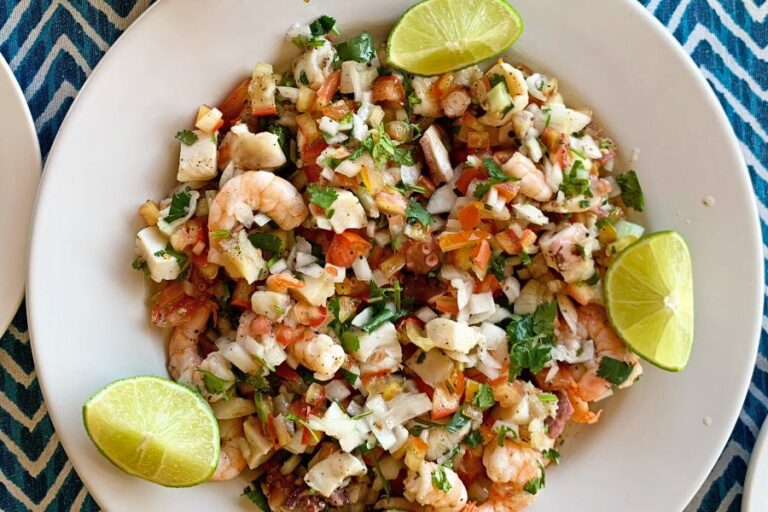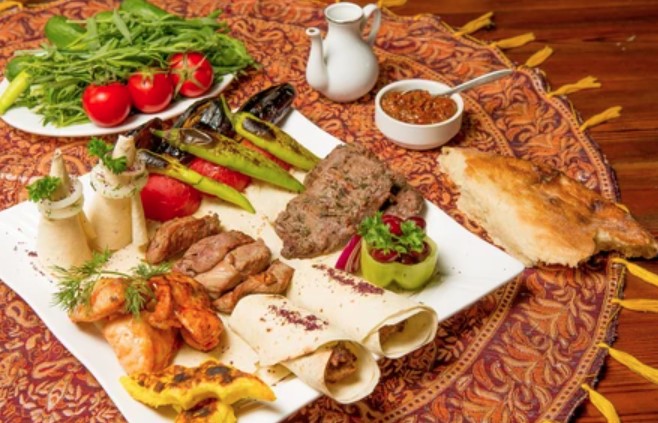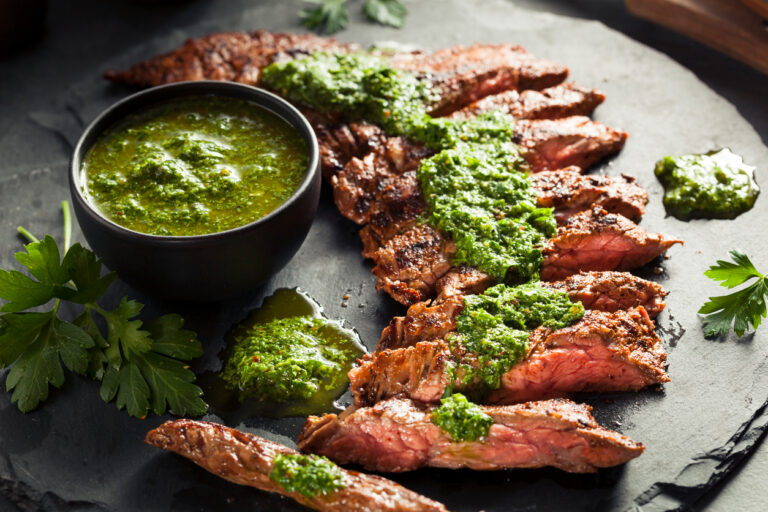Introduction: Exploring Bahamian cuisine
Bahamian cuisine is a reflection of the country’s rich cultural heritage. The cuisine is a blend of African, European, and Caribbean flavors and techniques. The islands’ geography and climate have also shaped the cuisine, with seafood and tropical fruits playing prominent roles in many dishes. The cuisine is a source of pride for Bahamians, and visitors to the islands are often drawn to the unique flavors and cooking styles.
Influences on Bahamian cuisine
Bahamian cuisine is the result of centuries of cultural exchange and blending. The cuisine has been influenced by the African slaves who were brought to the islands in the 18th century, as well as by the European colonizers who arrived in the 17th century. The cuisine has also been shaped by the ingredients available on the islands, including seafood, tropical fruits, and root vegetables. The cuisine has also been influenced by the surrounding Caribbean region, with similarities to the cuisines of Jamaica, Cuba, and other nearby countries.
The staple foods of Bahamian cuisine
The staple foods of Bahamian cuisine include rice, peas, plantains, and cassava. These ingredients are often used in stews, soups, and side dishes. Seafood is also a major component of the cuisine, with conch, lobster, and fish being popular choices. Other Caribbean staples, such as yams and sweet potatoes, are also commonly used in Bahamian cuisine.
Unique spices and flavorings
Bahamian cuisine is known for its unique spice blends and flavorings. Popular spices used in the cuisine include allspice, nutmeg, and cinnamon, which are often used in sweet dishes. Spicy dishes are also common, with peppers and hot sauces being popular ingredients. The cuisine also makes use of citrus fruits, such as lime and sour orange, which are used to add tartness to dishes.
Popular dishes in Bahamian cuisine
Popular dishes in Bahamian cuisine include conch salad, which is made with raw conch, onion, peppers, and citrus juice. Other popular dishes include peas and rice, which is a staple side dish, and guava duff, a sweet dessert made with guava and coconut.
Common ingredients in Bahamian cuisine
Common ingredients in Bahamian cuisine include seafood, such as conch, lobster, and fish, as well as tropical fruits like mango, papaya, and pineapple. Root vegetables like cassava and sweet potato are also commonly used, as well as rice, beans, and peas.
Comparing Bahamian cuisine to other Caribbean cuisines
Compared to other Caribbean cuisines, Bahamian cuisine is unique in its use of seafood and tropical fruits. The cuisine also has a distinct spice blend and flavor profile, with a focus on citrus and hot peppers. While there are similarities to other Caribbean cuisines, Bahamian cuisine has its own distinct character.
Conclusion: The distinctiveness of Bahamian cuisine
Bahamian cuisine is a reflection of the country’s rich cultural heritage and the ingredients available on the islands. The cuisine has been influenced by African, European, and Caribbean flavors and techniques, as well as the geography and climate of the islands. The cuisine has a unique spice blend and flavor profile, with a focus on seafood and tropical fruits. While there are similarities to other Caribbean cuisines, Bahamian cuisine has its own distinct character, making it a must-try for visitors to the islands.










